Tree Hike at Belmont – August 2016
/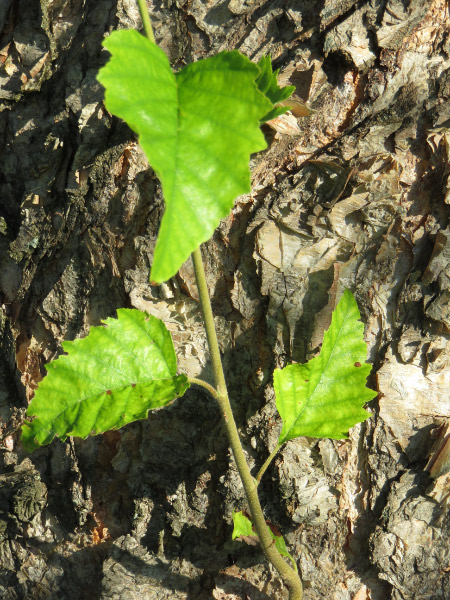 I volunteered to lead a tree hike at Belmont Manor and Historic Park last weekend. I went out the Friday before to walk the route I’d planned. Even though the hike was in the morning – it was going to be a hot day so I wanted every part of the hike to be worth the effort. The river birch would definitely be the first stop – with it distinctive curly bark.
I volunteered to lead a tree hike at Belmont Manor and Historic Park last weekend. I went out the Friday before to walk the route I’d planned. Even though the hike was in the morning – it was going to be a hot day so I wanted every part of the hike to be worth the effort. The river birch would definitely be the first stop – with it distinctive curly bark.
Some Norway Maples had been planted near the cottage – and I decided that I’d point them out to encourage people to plant native maples instead if they wanted a maple tree in their yard.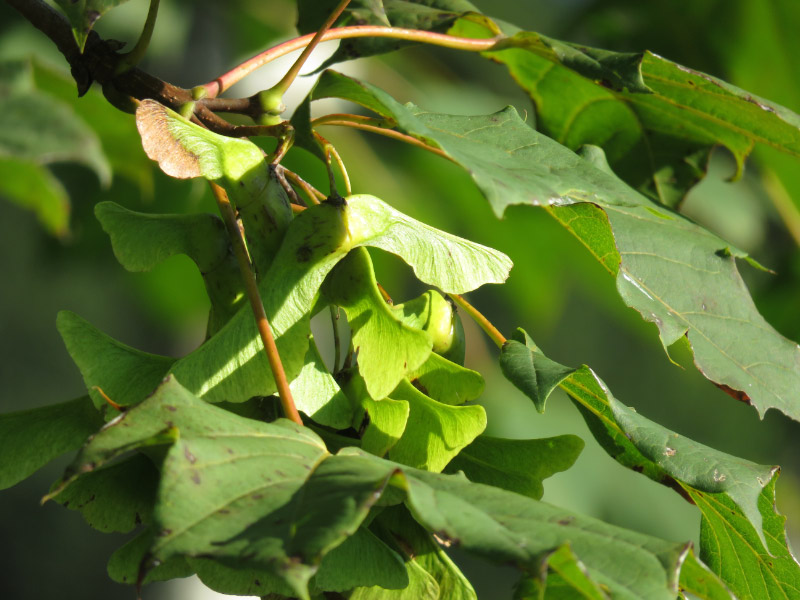
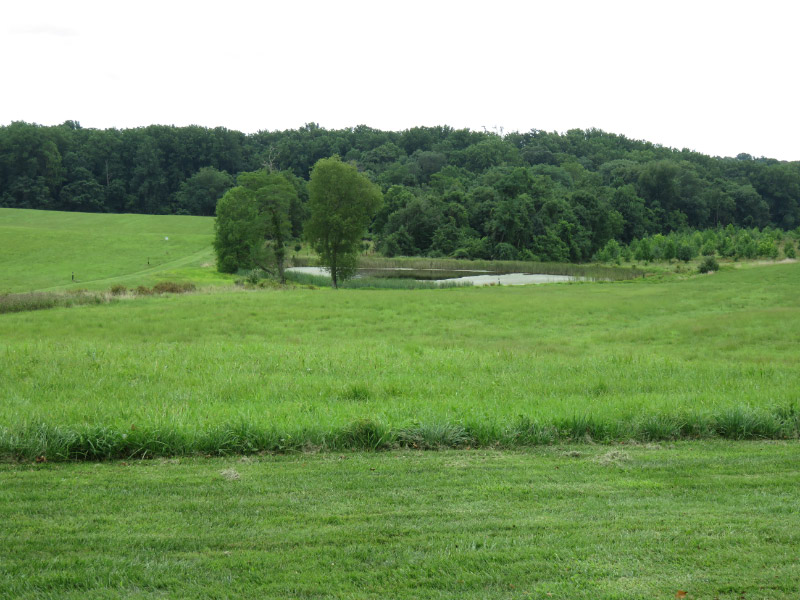 I decided to not make the down and back (with no shade) hike down to the pond to see the bald cypress that is the tree with the rounded top to the left of the pond. I pointed it out to the hiking group from about where I stood to take this picture.
I decided to not make the down and back (with no shade) hike down to the pond to see the bald cypress that is the tree with the rounded top to the left of the pond. I pointed it out to the hiking group from about where I stood to take this picture.
We didn’t walk over to the magnolia either. It was enough to view it from further away and talk about the history of large magnolias planted in front of the manor house and the possibility that the large specimen there now is missing the large English Elm that grew uphill until about a year ago when it was cut down before it succumbed completely to Dutch Elm Disease.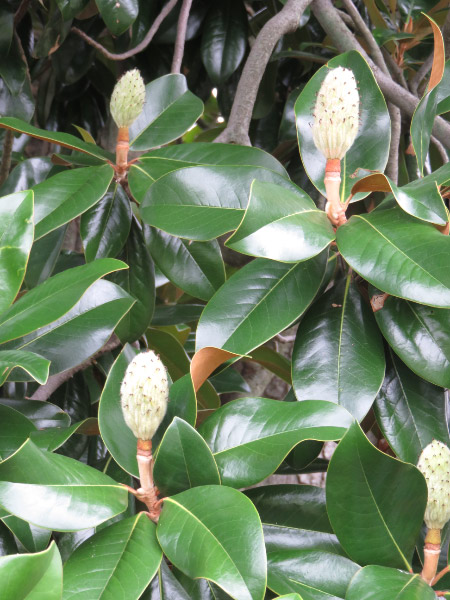
On my pre-walk, I walked all the way over to the horse chestnut. The tree is not in good shape. The top was rotten and it broke last spring. The leaves are distinctive but looked pretty battered already.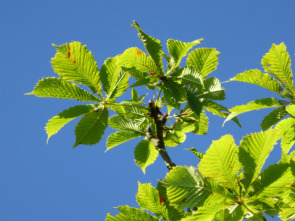
I opted to go in the direction of the dawn redwood and talk about it being the second example of a conifer that loses its needles at Belmont (the first was the bald cypress mentioned earlier).
We saw two kinds of nut producing trees: a black walnut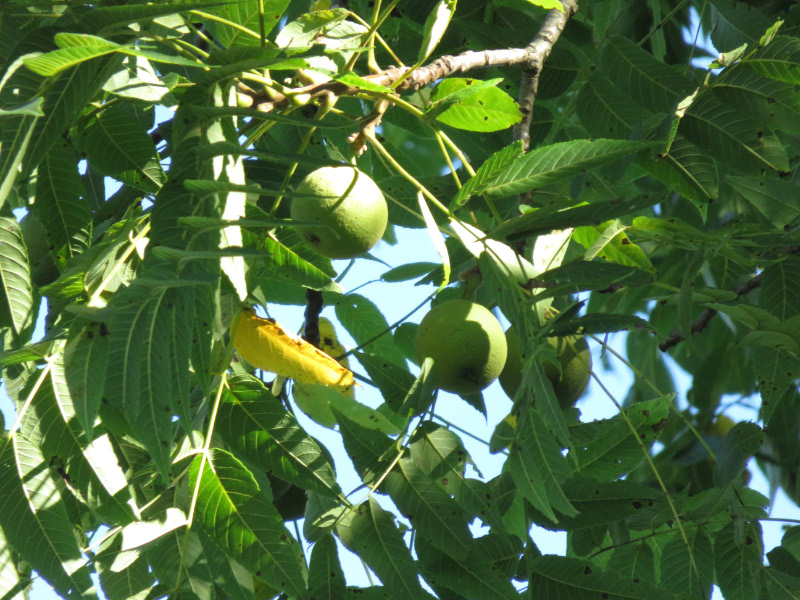
And a pecan.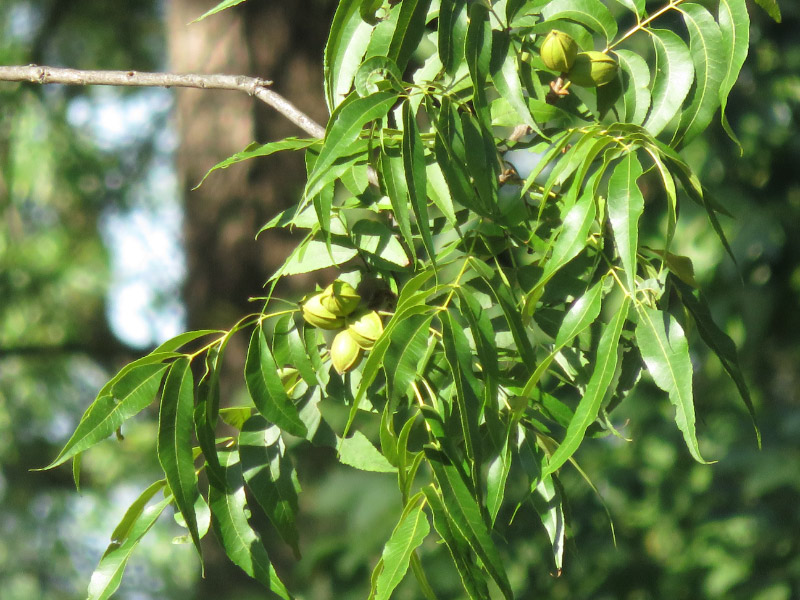
The row of white pines has a few pine cones but the ground crews have thoroughly cleaned up any that fall to the ground.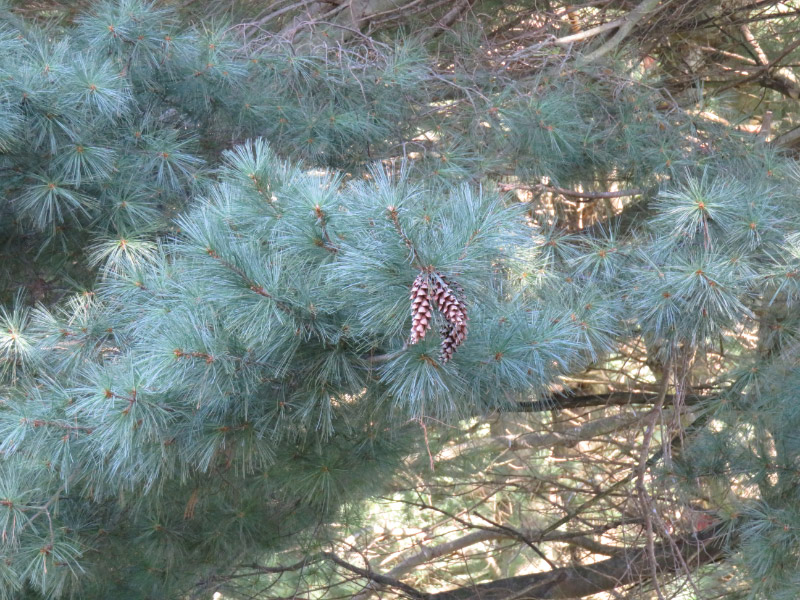
On the way back I noticed a mushroom under a sweet gum – with bits of dirt clinging to its cap.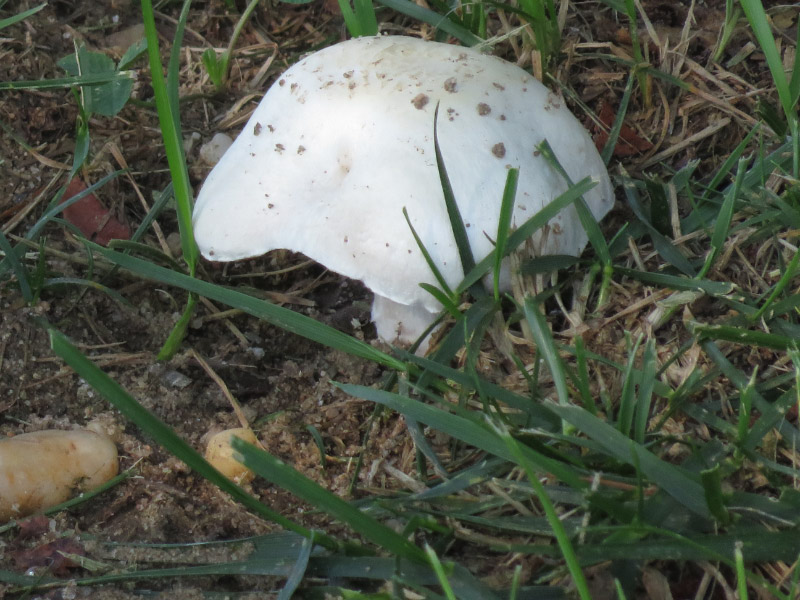
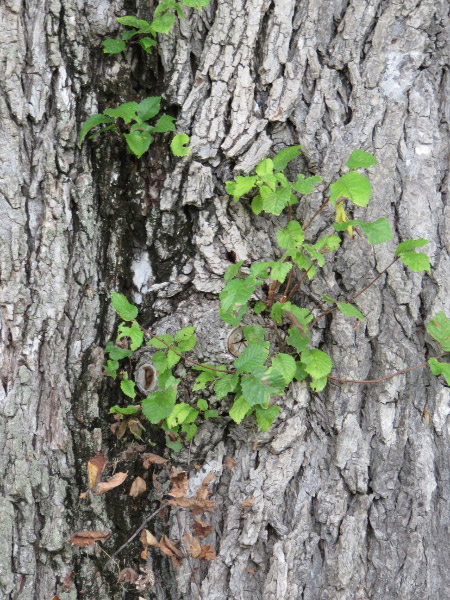 There were other trees along the route. The hike on Saturday was almost two hours and we saw something I had missed on my pre-hike: A large English Elm that was being treated for Dutch Elm Disease. The injection ports for chemicals were all around the base of the tree. I hope the tree survives!
There were other trees along the route. The hike on Saturday was almost two hours and we saw something I had missed on my pre-hike: A large English Elm that was being treated for Dutch Elm Disease. The injection ports for chemicals were all around the base of the tree. I hope the tree survives!


























